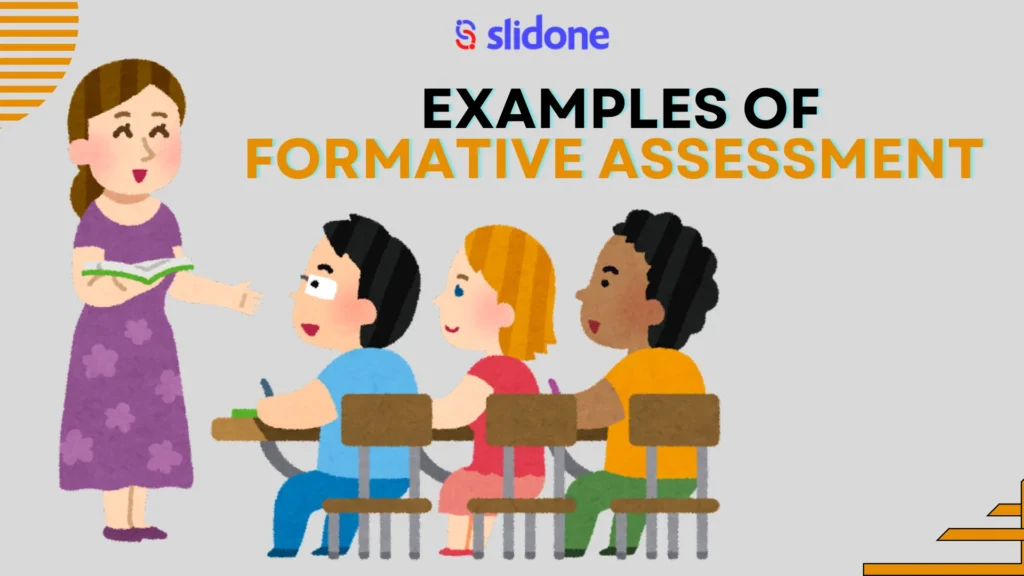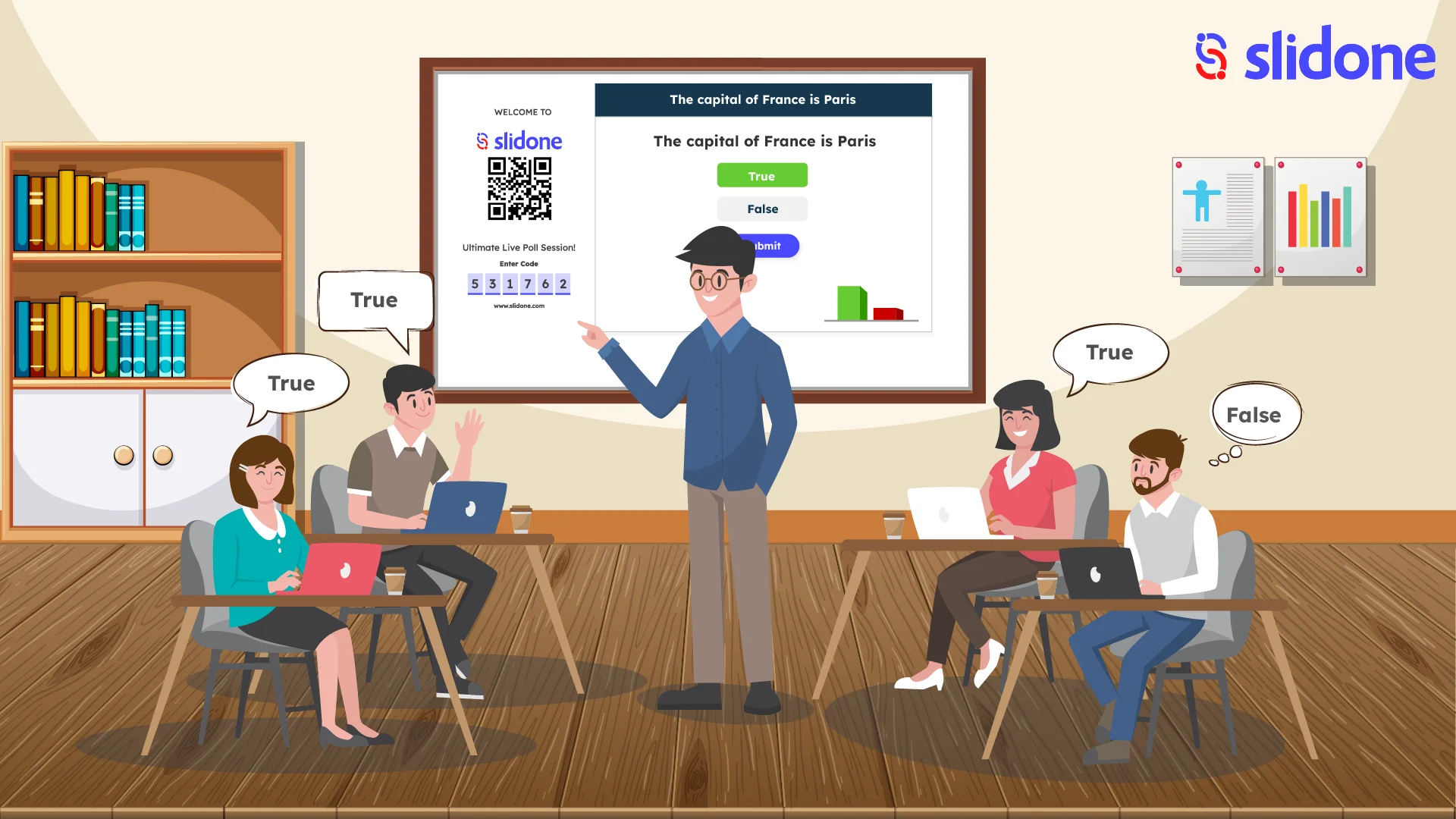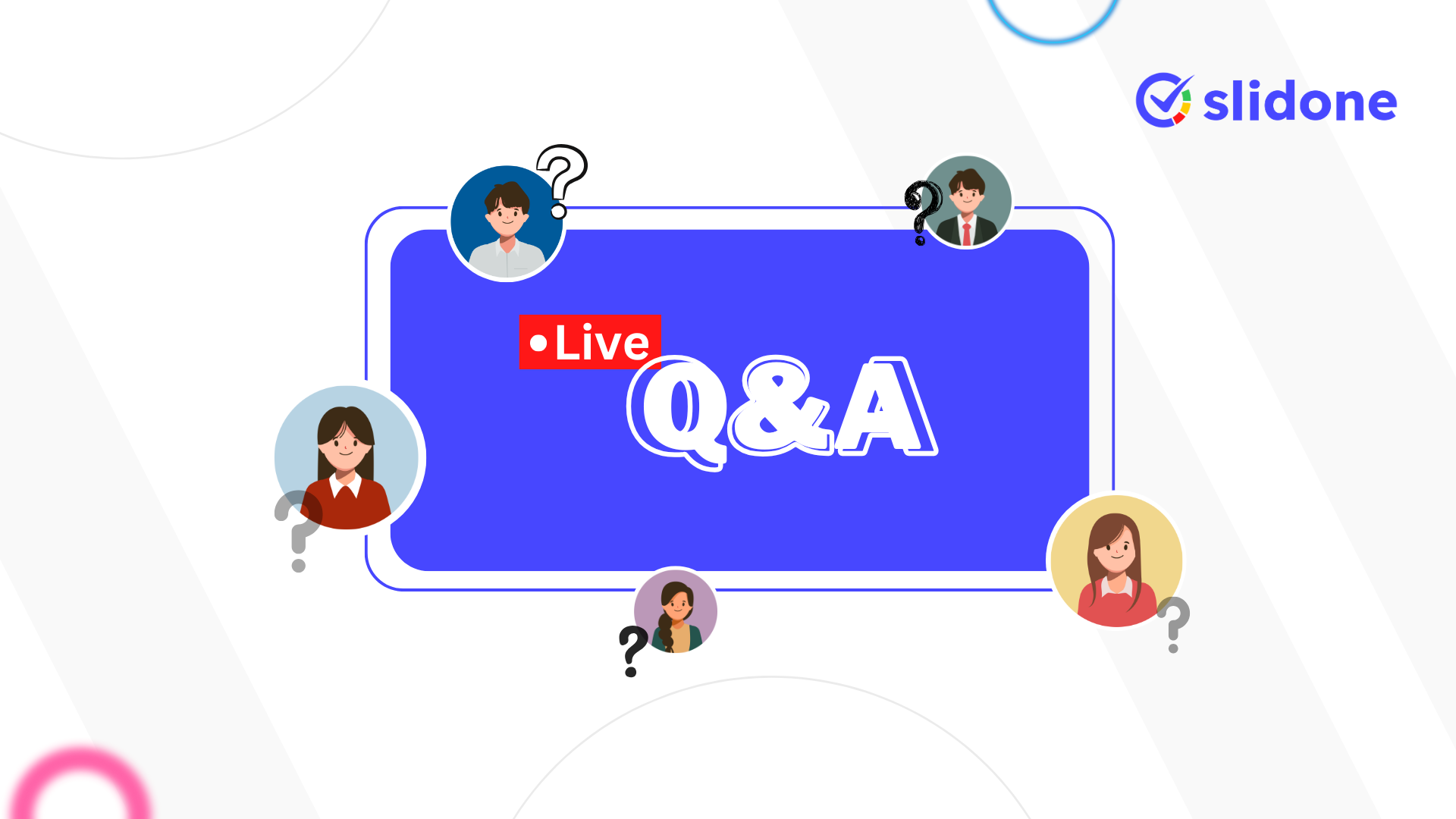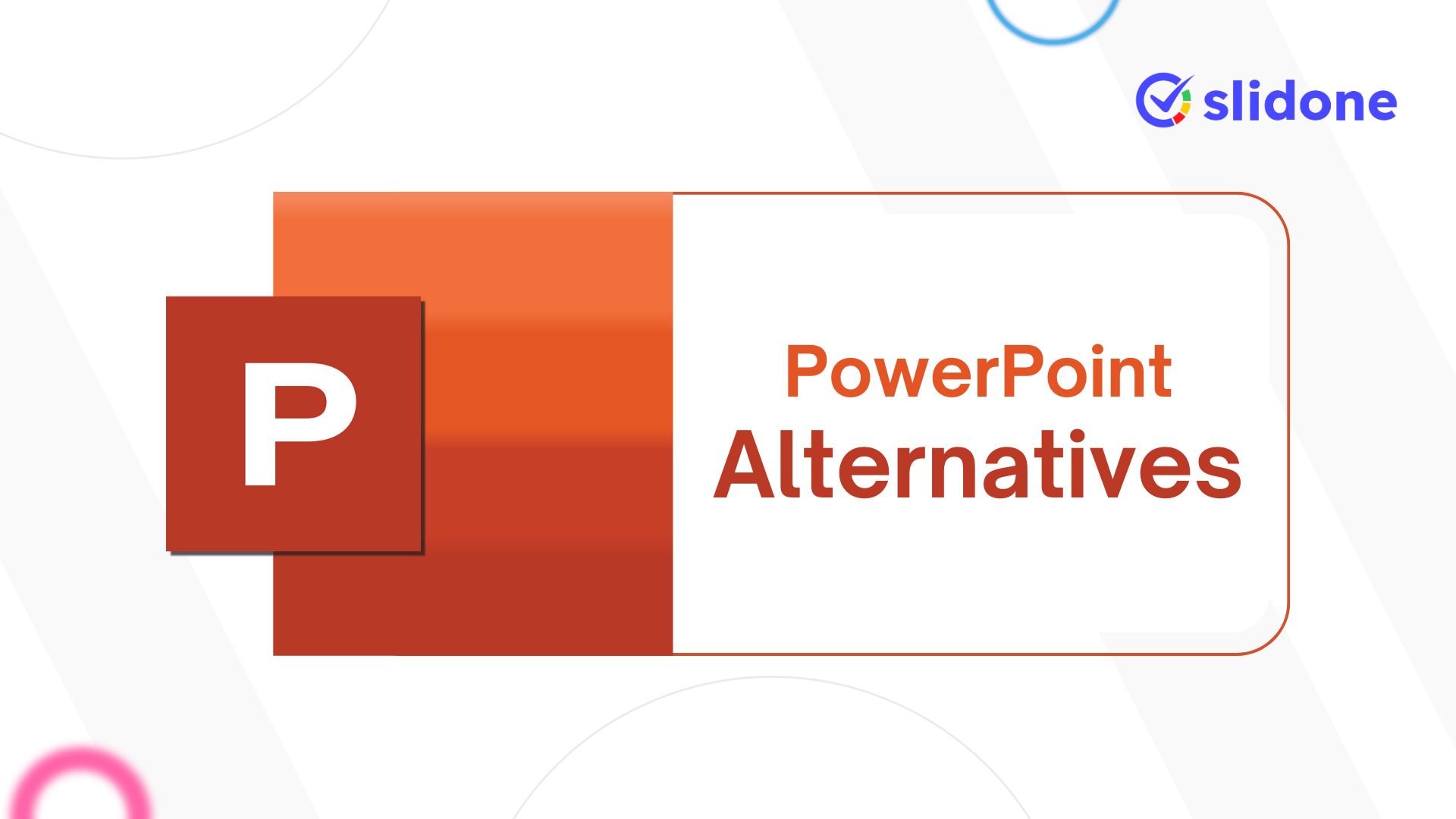In education, formative assessment has come to be recognized as a vital aspect in understanding how well learning is proceeding for both teachers and students. The main difference from the traditional tests used at the end of a term, formative assessments mean keeping a regular check of how well students are grasping the material currently being taught. It gives an opportunity to the educator to vary strategies of teaching, while students get time for reflecting upon their learning. In this blog we will see about formative assessment and some practical examples to implement these methods into classrooms for effective learning.
What is Formative Assessment?
Formative assessment is a way that teachers look at students’ understanding and their progress in learning as it happens. In other words, to understand how well the student is doing throughout an entire lesson or course, almost as a check-up. The key to formative assessment is that it’s not used for grading purposes but to provide feedback to both the teacher and the student.
For example, imagine attending a mathematics class where, in the middle of the lesson, your teacher just stops and briskly asks a few questions to identify whether everybody is on the same page of perception. The moment he realizes that most of them do not understand what he is teaching, he may explain it at leisure or explain the topic another way. It’s this kind of flexibility that makes formative assessment so valuable.
Moreover, formative assessment is student-friendly because it gives an overview of the areas that a student understands and what might need further practice. This means it makes the students independent in taking charge of their learning and thus know how to ask for help.
Formative vs Summative Assessment
The question is now warranted as to how this process of formative assessment differs from summative assessment. Both are seminal, but each serves a different purpose in the learning process.
Formative Assessment is ongoing; it occurs while the learning process is taking place as a way to monitor student understandings and progress. In this case, teachers can make real adjustments on the spot for improved learning. It is about gaining feedback and acting on that feedback.
Example: The teacher asks questions during the lesson, gives short quizzes, or initiates a class discussion regarding what is being said to determine whether the lesson is sinking in.
Summative Assessment, however, occurs at the end of a course or lesson and measures what was learned. This generally is graded and provides a final judgment about student performance.
Example: A final exam, a term paper, or an end-of-term project showing what has been learned.
Quite briefly, formative assessment enables learning and summative assessment measures learning outcome.
Amazing Examples of Formative Assessment

Formative assessment can be done in various ways. Below are some interactive and effective examples that teachers can use in the classroom:
Interactive Multiple-Choice Questions
It makes multiple-choice questions interactive, greatly improving engagement and learning. This could be done using online quiz platforms where students answer questions on their devices, and the result comes out immediately after answering. Real-time feedback is given, thus the teacher will instantly know how the overall class understood it and what topics have to be discussed again. The fun aspect of such tools keeps students more engaged with the material. This will, additionally, provide the teacher with an overview of what most pupils are finding confusing and thus enable him or her to structure further lessons and target specific help where needed.
Classroom Open-Ended Questions
Open-ended questions in the classroom assist students in expressing themselves in a more critical and detailed format. For example, a teacher can ask, after explaining something that is a bit difficult to understand, “In your own words, how would you explain this idea?” or “What is your take on this matter?” This gets the students thinking about what they have learned and attempts to describe it in words; it gives the teacher an idea about how well the material has been grasped. Such a discussion will also enable educators to better judge understanding and refine their teaching methods to best meet students’ needs.
Interactive Feedback Session After the Classroom Session
Interactive feedback sessions carried out immediately after a lesson are of great help to understand the concepts grasped by the students. A teacher can request students on items they felt were difficult or problems which were easily understood. For example, educators have the capability to create interactive slides in order to request anonymous feedback from the students. When anonymized, the students will say everything: things they didn’t understand and where they succeeded. These sessions help the teachers understand where more elaboration is required, and thus, they can plan their lessons accordingly to make students create a supportive learning atmosphere, which will not make them reluctant to share whatever comes to their minds.
Utilizing Word Clouds in the Classroom
Word clouds can visually display ideas as a collective. Teachers can ask students to submit one word that describes a lesson or explains an important takeaway point. The more the mention of the word, the larger it shows in the cloud, and it offers a clear picture of the concepts resonated most in class. It is a simple yet engaging tool that helps teachers identify important points understood by students in a very short time while making the reflection more interactive and fun for all concerned. This technique is an active, fun way to check comprehension and promote participation.
Interactive Quick Scales
Quick scales are uncomplicated yet efficient ways in which learners might assess their mastery of a lesson. Using a scale, such as from 1 to 5, students circle a number that represents how confident they feel with the material. This provides immediate feedback that instructors could use to make on-the-spot adjustments in their teaching about areas where students seem to struggle. It also encourages students to reflect on their learning without the stress of formal testing. In such a way, it forms a responsive learning environment in which both teachers and students are more involved in the process of learning, with no one lagging behind.
What You Need to Do With Formative Assessments?
Now that we have discussed some fabulous examples and some useful methods of formative assessments, what do you do with the feedback and information that you get from your students? Your insights from these assessments should include making informed adjustments to your teaching strategy. For example, if a large number of students don’t understand a topic, you can readdress that topic and explain it differently-or maybe just offer more resources for those needing additional practice.
Probably the biggest advantage of formative assessment is that teachers may continually monitor student progress and alter it over time. You can track trends to see how students’ understanding improves with each adjustment you make. Over time, you will have the ability to make fine adjustments in your teaching strategies so they work best for the needs of your students.
This is much easier to do when you use interactive presentation tools such as Slidone. This platform puts control in your students hands as they interactively present, respond in an instant to polls, quizzes and open-ended questions anonymously. You can download the results of student responses and track progress over time which will help in analyzing what is working and what needs to change. Whether live polling, questionnaires, or word clouds, the interactive element provided by Slidone will help you to do just that in the best and timely manner.
Conclusion:
It is a powerful weapon in the hands of both the teacher and the student. It provides feedback in a continuous way so that there is the possibility of modification and adjustment of teaching strategies in real-time to improve student learning. To develop an attractive and at the same time efficient process of learning, a teacher can be assisted by such methods as interactive quizzes, open-ended questions, feedback sessions, and word clouds. Besides, the use of tools like Slidone allows a teacher to integrate formative assessment seamlessly into their work and check results in order to improve continuously. Formative assessment helps to encourage students by actually showing them where they need to improve and also helps them take their learning journey into their own hands.





Leave a Comment
Your email address will not be published. Required fields are marked *